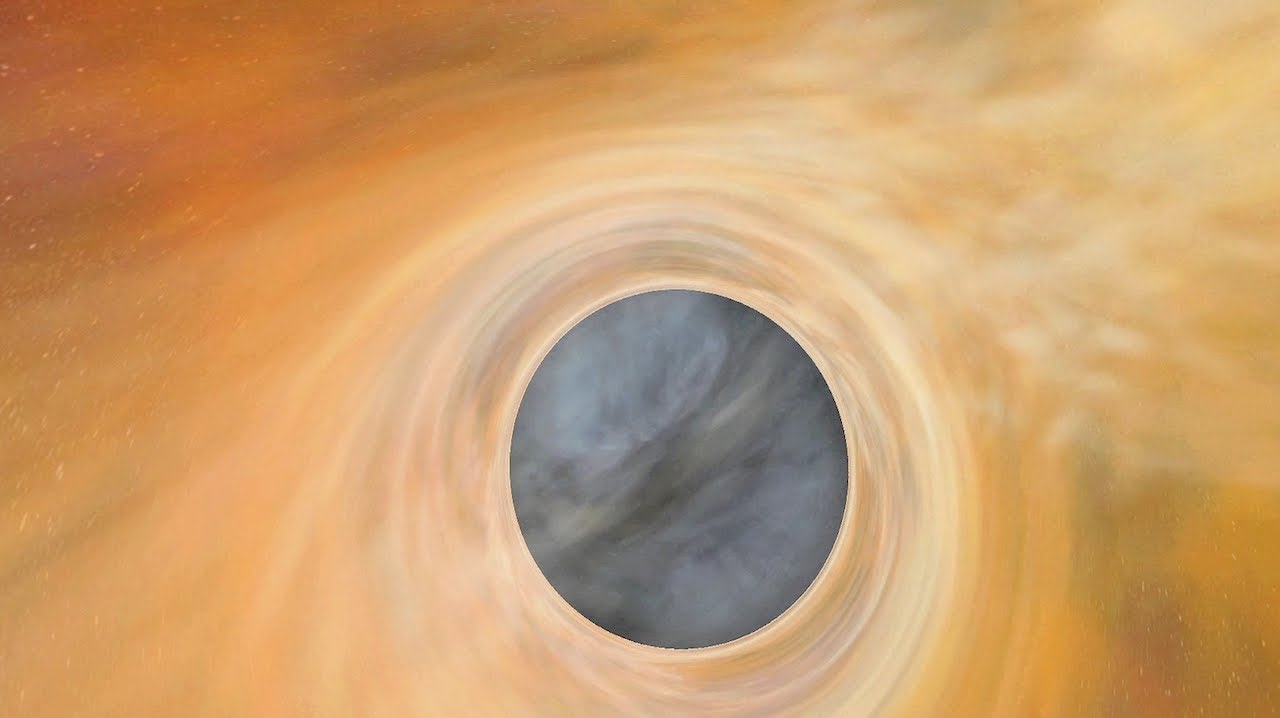Here is a bit more information on the potential properties of black holes:
The outer limits of a black hole, call the event horizon, is subject to what Albert Einstein called frame dragging, in which space and time are pulled along on a path that leads into the black hole. As gas, dust, stars or planets fall into the hole, they form into a disk that spirals in with the flow of space time, reaching the speed of light just as it hits the event horizon. The spinning motion of this so-called “accretion disk” can channel some of the inflowing matter out into a pair of high-energy beams, or jets.
How a jet can form was shown in a supercomputer simulation of a short gamma ray burst. It was based on a 40-millisecond long burst recorded by Swift on May 9, 2005. It took five minutes for the afterglow to fade, but that was enough for astronomers to capture crucial details. It had come from a giant galaxy 2.6 billion light years away, filled with old stars.
Scientists suspected that this was a case of two dead stars falling into a catastrophic embrace. Orbiting each other, they moved ever closer, gradually gaining speed. At the end of the line, they began tearing each other apart, until they finally merged. NASA scientists simulated the final 35 thousandths of a second, when a black hole forms.
Is Einstein and others like Stephen Hawking right about their theories regarding them? Or are they way off?
Comment with your ideas and we hope you like the video. Stay tuned for more updates and cool simulations.

Awesome